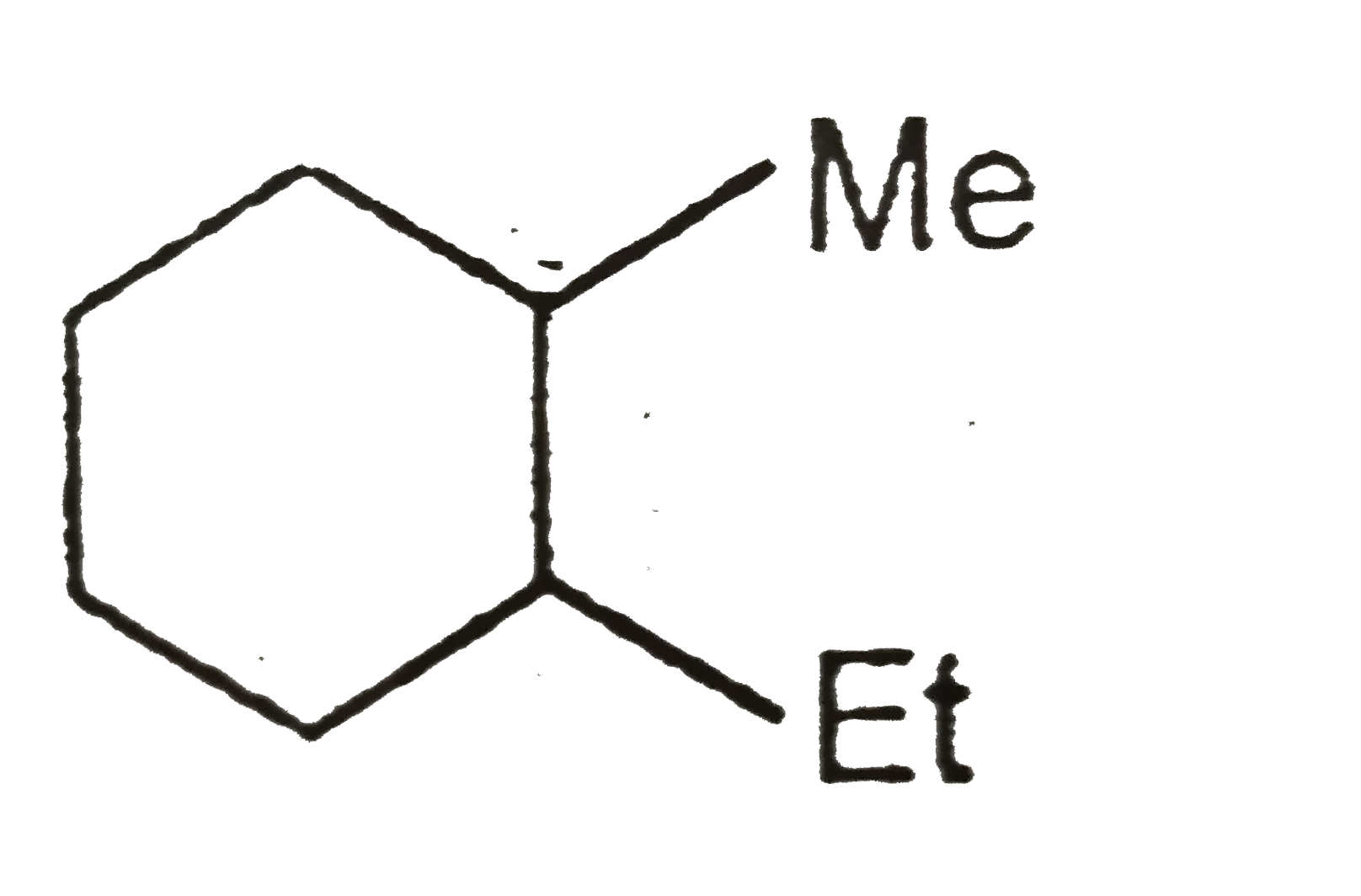The number of geometrical isomers for [Pt(NH3)2CI2] is
3
4
1
2
The correct Answer is:D
To determine the number of geometrical isomers for the coordination compound (Pt(NH3)2Cl2), we can follow these steps:
Step 1: Identify the Coordination Number and Geometry
The coordination number of platinum in this complex is 4, as it is bonded to two ammonia (NH3) ligands and two chloride (Cl) ligands. The geometry of a coordination compound with a coordination number of 4 can be either tetrahedral or square planar. For platinum(II) complexes, the geometry is typically square planar.
Hint: Remember that the geometry of a coordination complex can influence the types of isomers that can form.
Step 2: Determine Possible Isomers
In square planar complexes, geometrical isomers arise from the arrangement of the ligands around the central metal atom. The two types of geometrical isomers are:
- Cis Isomer: The similar ligands are adjacent to each other.
- Trans Isomer: The similar ligands are opposite each other.
For (Pt(NH3)2Cl2):
- Cis Isomer: Both Cl ligands are adjacent to each other, and both NH3 ligands are adjacent to each other.
- Trans Isomer: One Cl ligand is opposite the other Cl ligand, and one NH3 ligand is opposite the other NH3 ligand.
Hint: Visualizing the arrangement of ligands can help you identify the types of isomers.
Step 3: Count the Geometrical Isomers
From the arrangements discussed:
- We have identified one cis isomer and one trans isomer.
Thus, the total number of geometrical isomers for (Pt(NH3)2Cl2) is 2 (one cis and one trans).
Hint: When counting isomers, ensure that you consider all possible arrangements of the ligands.
Conclusion
The number of geometrical isomers for the compound (Pt(NH3)2Cl2) is 2.
Final Answer: 2
The coordination number of platinum in this complex is 4, as it is bonded to two ammonia (NH3) ligands and two chloride (Cl) ligands. The geometry of a coordination compound with a coordination number of 4 can be either tetrahedral or square planar. For platinum(II) complexes, the geometry is typically square planar.
In square planar complexes, geometrical isomers arise from the arrangement of the ligands around the central metal atom. The two types of geometrical isomers are:
- Cis Isomer: The similar ligands are adjacent to each other.
- Trans Isomer: The similar ligands are opposite each other.
- Cis Isomer: Both Cl ligands are adjacent to each other, and both NH3 ligands are adjacent to each other.
- Trans Isomer: One Cl ligand is opposite the other Cl ligand, and one NH3 ligand is opposite the other NH3 ligand.
From the arrangements discussed:
- We have identified one cis isomer and one trans isomer.
The number of geometrical isomers for the compound (Pt(NH3)2Cl2) is 2.
Similar Questions
The number of geometrical isomers of [Co(NH3)3(NO2)3] are
View SolutionThe number of geometrical isomers for octahedral [Co(NH3)2Cl4]− and square planar [AuCl2Br2]− respectively are :
View Solution
The number of geometrical isomers of (A) can be :
View SolutionNumber of geometrical isomers possible of

View SolutionGive the number of geometrical isomers in [Pt(gly)2] .
View SolutionFind the number of geometrical isomers in [Co(en)(Pn)(NO2)2]
 .
.
View SolutionThe number of geometrical and optical isomers of
[Cr(NH3)3(NO3)3] is .
View SolutionThe number of geometrical isomers of the complex [Co(NO2)3(NH3)3] is
View SolutionThe possible number of the optical isomers in [Cr(en)2CI2]⊕ is .
View SolutionStatement I The geometrical isomer of the complex [M(NH)3)4CI2] are optically inactive
Satement II Both geometrical isomers of the complex [M(NH3)4CI2] possess axis of symmetry .
View Solution
